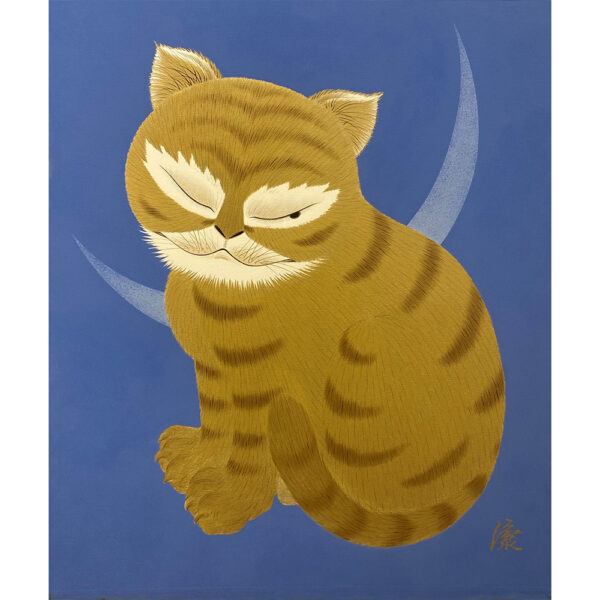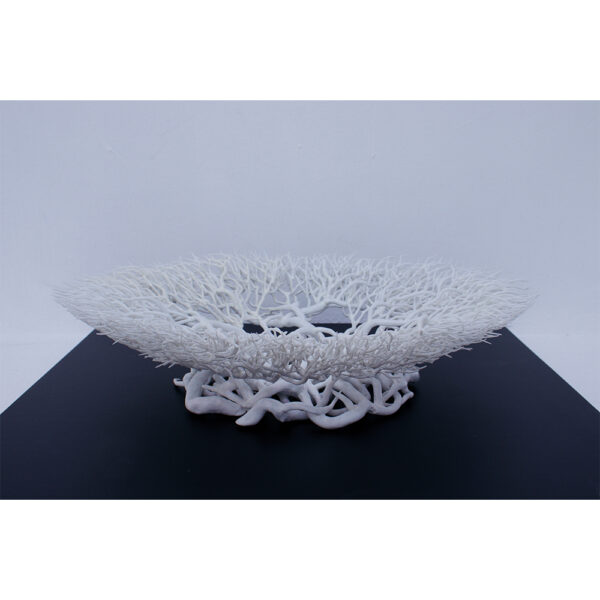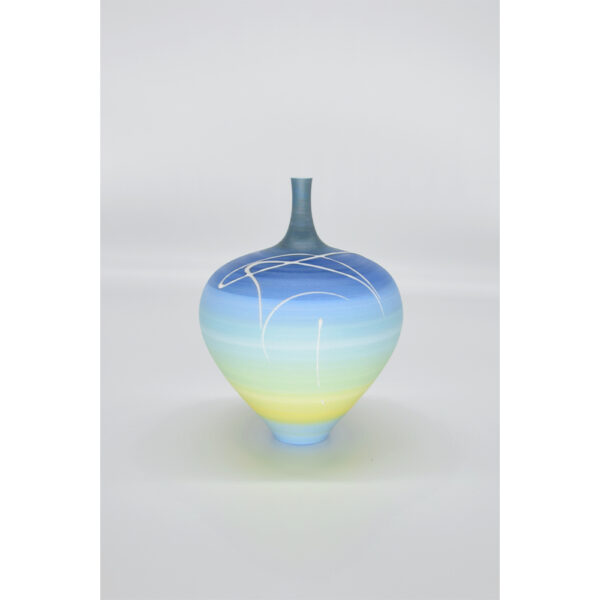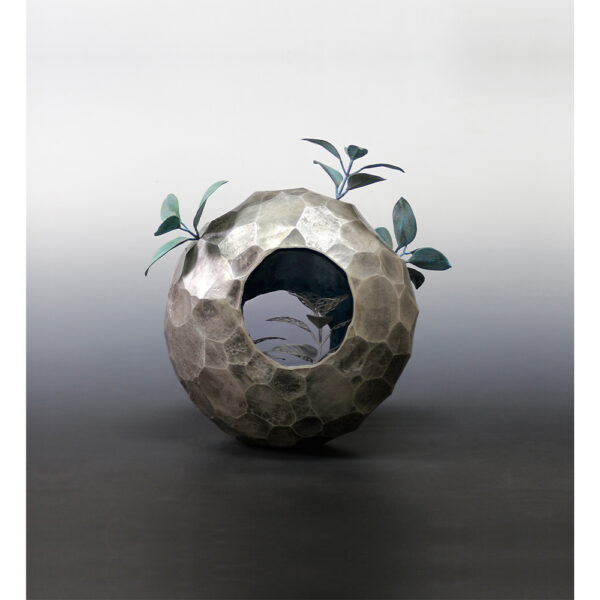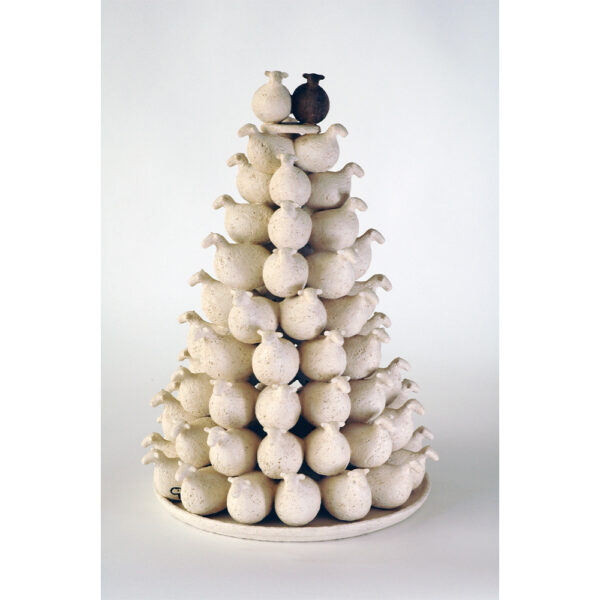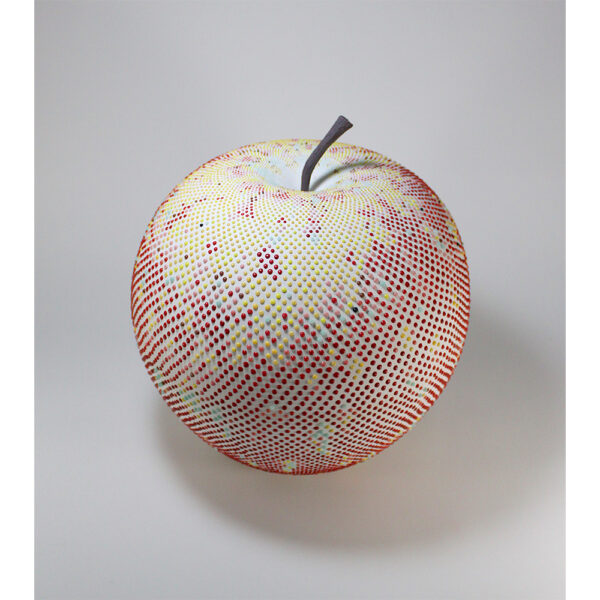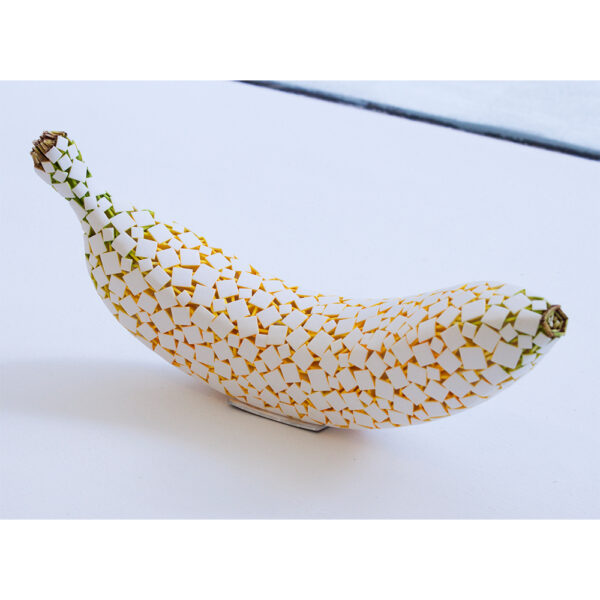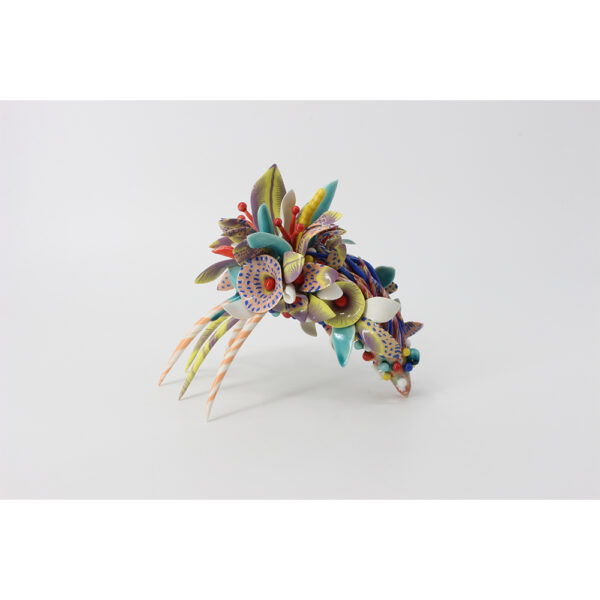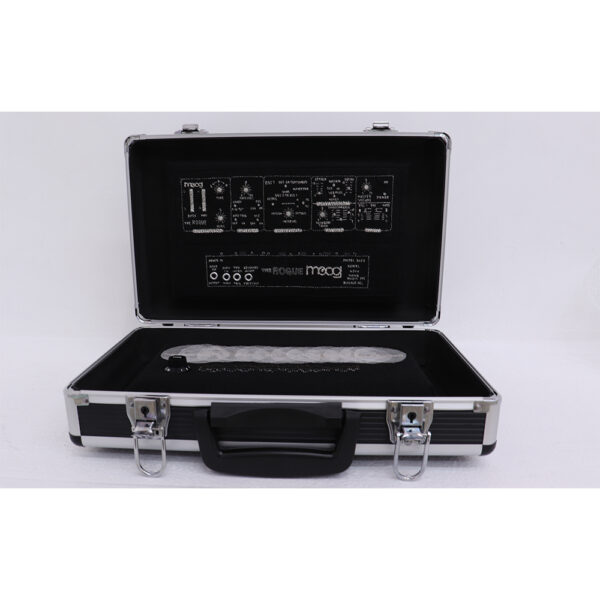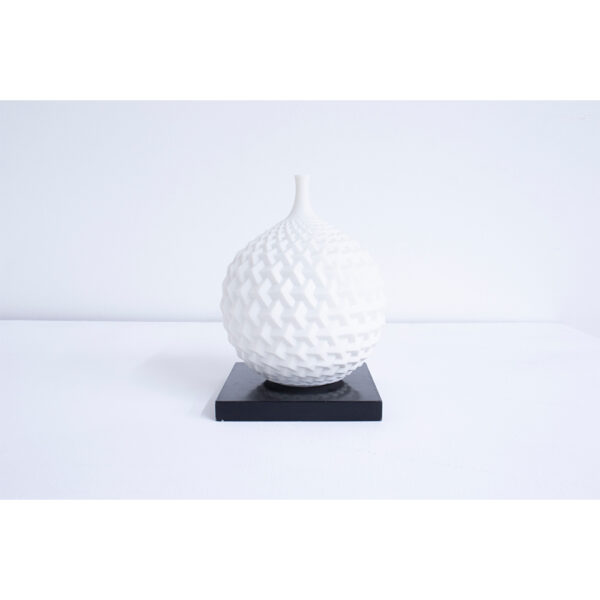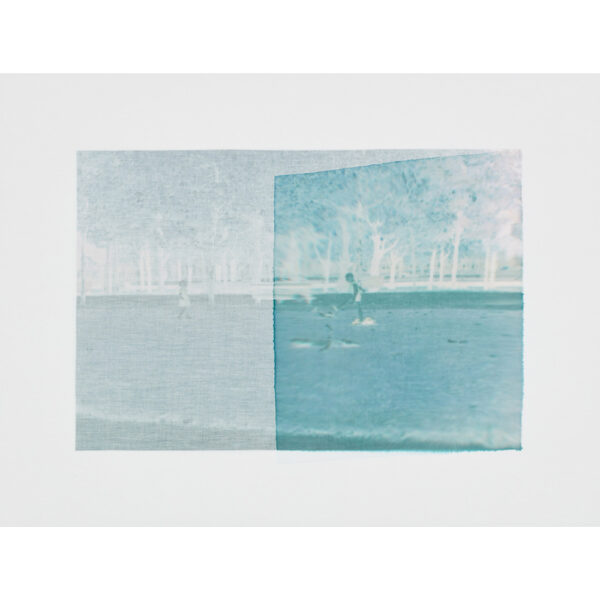
秋永 邦洋
Kunihiro Akinaga
朧気(龍)
Oboroge【Dragon】
陶
ceramics
H58 × W32 × D36 cm
2022
Photo: Yuji Imamura
ARTIST INFORMATION
秋永は、動物の形を借り、虚な陶器で、曖昧な現代を表現しようと試みている。現代の社会は、国際情勢や自然環境の変化など様々な問題があるにもかかわらず、情報が多すぎて真実が見えにくい状況にある。とてつもないスピードで進んでおり、人の欲望が科学を進歩させ、あらゆる事物が現実になる今日。この現代社会において、「現実」と「非現実」、「人」と「動物」など様々な境界が曖昧になっている。陶器は縄文土器にみられる「恒久性」と衝撃を与えると簡単に崩れる「儚さ」の二面性を持っているが、それは、人の欲望の恒久さやその儚さを表現する素材として適しているのではないだろうか。また、具象陶芸作品の起源の一つは、始皇帝陵などにみられる陶俑である。陶俑は墳墓に埋葬され、被葬者の死後の世界のために存在する。それは現実の社会の為に作られたものではなく、存在しないもののために存在し、現代社会の曖昧さと親和性があるのではないか、と秋永は言及する。
Borrowing the form of animals, Akinaga attempts to express the ambiguity of the modern world with ceramics. Today’s society is in a situation where there is too much information and it is difficult to see the truth, despite various problems such as the international situation and changes in the natural environment. It is advancing at a tremendous speed, and human desires are advancing science, and all things are becoming reality today. In this modern society, he feels that the boundaries between “reality” and “unreality,” “people” and “animals,” and so on, have become blurred. He thinks that pottery, with its dual nature of “permanence,” as seen in Jomon earthware, and “fragility,” which easily crumbles upon impact, is a suitable material for expressing the permanence and fragility of human desires. One of the origins of figurative ceramic works is the terracotta ceramics found in the tombs of the first emperors. The terracotta ceramics are buried in tombs and exist for the afterlife of the buried person. He mentions that they are not made for the real world, but for something that does not exist, and that they may have an affinity with the ambiguity of modern society.

